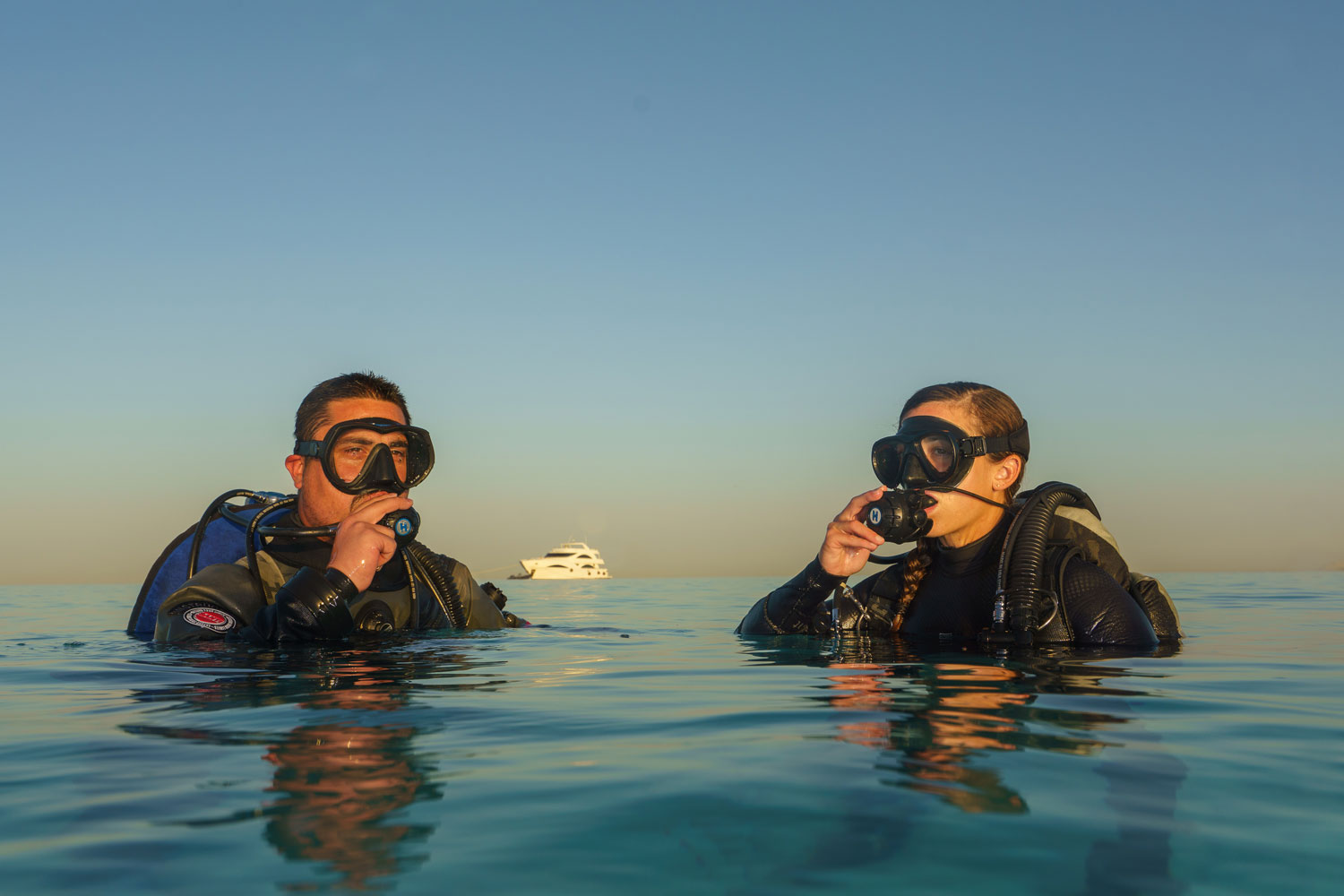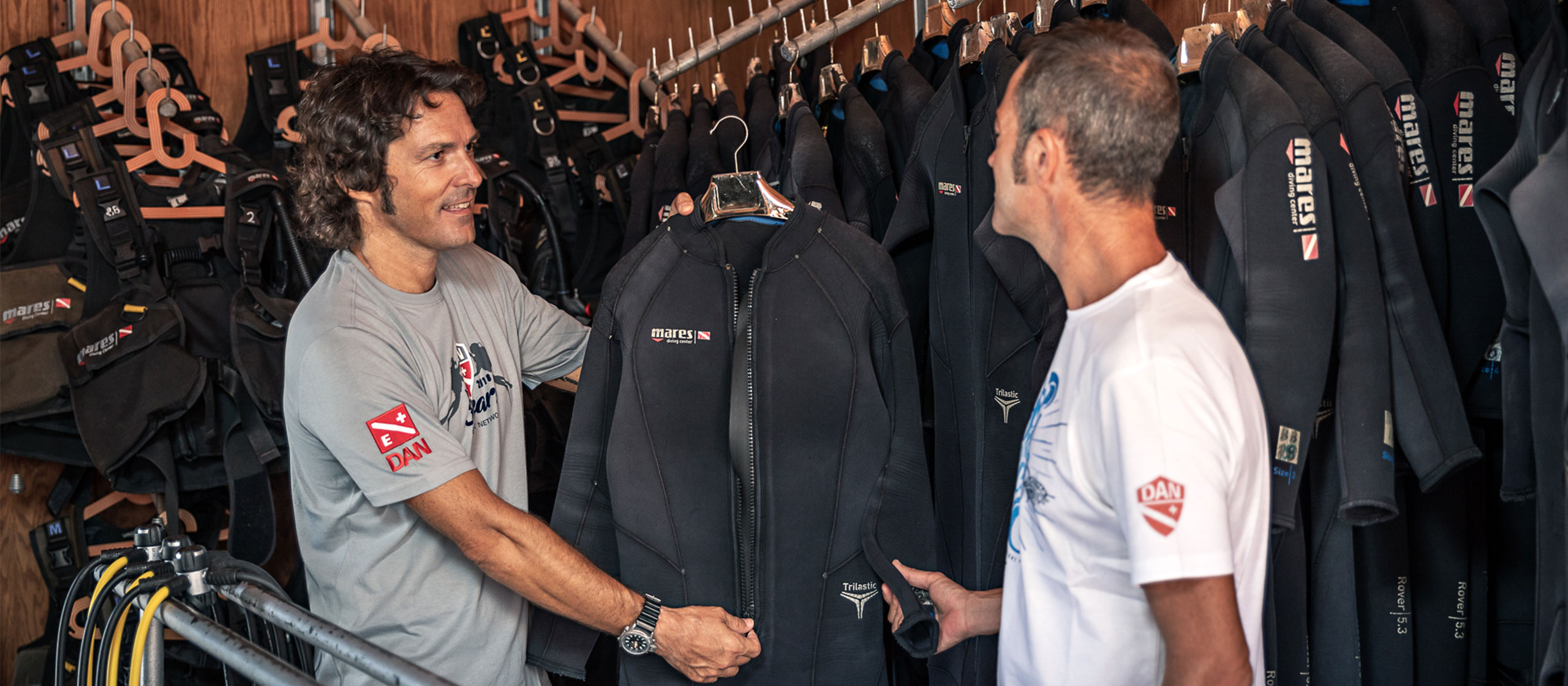Features
Dive Smarter: Know Your Rental Gear!
Imagine renting a car in an unfamiliar city, navigating traffic on unfamiliar roads, and then finding yourself in a heavy rainstorm — only to realize you don’t know how to operate the windshield wipers. You would not want to replicate this situation underwater with dive gear.
Whatever dive equipment you use, you need to know how to operate it properly before you submerge. If you have your own gear, you’ve had the time to familiarize yourself with its operation. However, that may not be the case when you’re renting dive gear. Fortunately, there are some things you can do to ensure that you start the dive comfortable and confident with the equipment you will be using.
When renting a dive computer, make sure that you know how to read it, i.e., where to find the depth, time, no-decompression limit, remaining gas, etc. Also make sure you know the meaning of the warning beeps and or vibrations that will occur throughout a normal dive.

If you use a gas other than air, be sure you know how to set the breathing gas mix on the computer. Some computers hold the settings from the last dive, so even if you are on air you will want to check this setting. If the computer is air-integrated, check that it is paired to the transmitter on your regulator. If it isn’t paired correctly, it might display information from someone else’s cylinder.
The BCD should appear well cared for and fit you properly. Confirm that you can put it on and take it off without looking at the releases and be able to find the low-pressure inflator hose by feel. You should also be able to disconnect it from the power inflator without difficulty. Review whether the setup is weight-integrated or requires a weight belt, and make sure that both you and your buddy know how to release your weights in an emergency.

Regulators should be clean and well maintained. Without connecting the regulator to a cylinder, try to take a breath out of each of the second stages. Your mouth should create a vacuum, and you should not be able to get any air through it. After pressurizing the regulators, breathe through both before entering the water to make sure they work properly. If your spare second stage is integrated with your low-pressure inflator, be sure both you and your buddy are comfortable using this configuration.
 When renting exposure protection, try on a few sizes to find the suit that fits you best. It should be snug but not impede movement or breathing. Alternatively, it should not be so loose as to bunch or have rolls.
When renting exposure protection, try on a few sizes to find the suit that fits you best. It should be snug but not impede movement or breathing. Alternatively, it should not be so loose as to bunch or have rolls.
If you rent your mask, fins, snorkel, and boots, fit and cleanliness are your primary concerns. Try on everything, paying particular attention to mask fit. You don’t want a leaky mask to ruin your dive.
It’s your responsibility to start every dive feeling comfortable and confident. With rental equipment, that means allowing extra time to learn and understand the gear you will be using. If you aren’t comfortable, ask questions and or make any adjustments until you feel ready, then go treat yourself to a fantastic dive.

